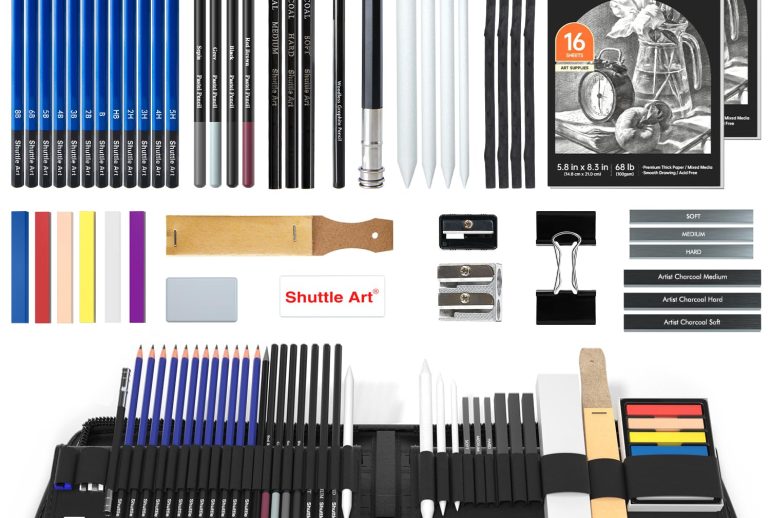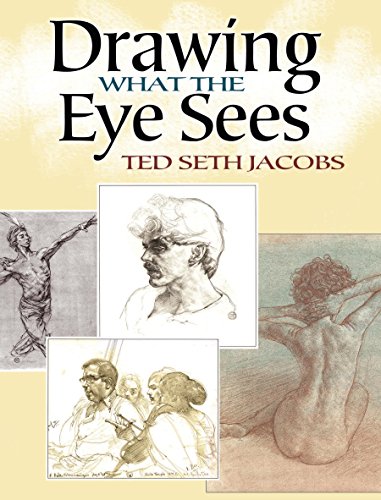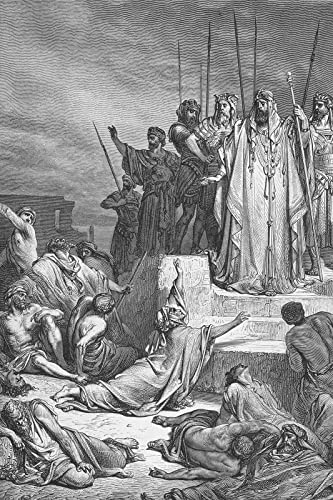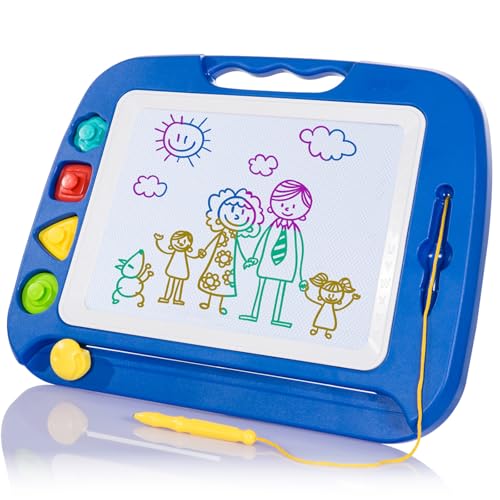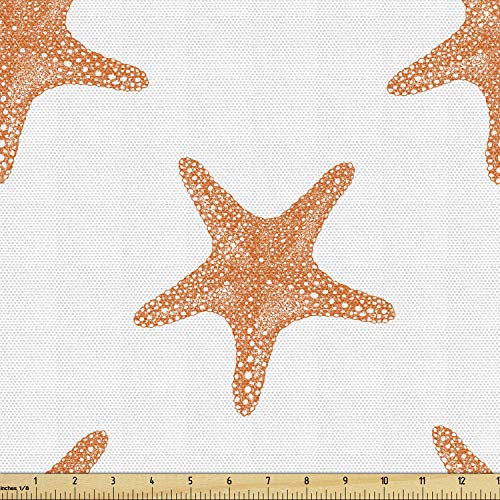Are you passionate about drawing? Then you need the right tools.
A professional drawing kit can transform your art. Whether you are a beginner or a seasoned artist, having a quality drawing kit makes a huge difference. It equips you with everything needed to create stunning artwork. From pencils to erasers, each tool serves a purpose.
A professional drawing kit ensures you have the best materials at your fingertips. It not only enhances your skills but also boosts your creativity. Investing in a good drawing kit is a step towards mastering your craft. Let’s dive into what makes a drawing kit professional and essential for every artist.
Introduction To Professional Drawing Kits
Discover the essentials of a professional drawing kit. This collection includes high-quality pencils, erasers, and sketchpads. Perfect for both beginners and experienced artists.
Are you passionate about drawing? A professional drawing kit can greatly enhance your skills. These kits come with high-quality tools that cater to different artistic needs. Each tool in the kit plays a specific role in creating detailed and vibrant artwork. Whether you’re a beginner or an experienced artist, a professional drawing kit can help you achieve your creative goals.
Essential Components
A professional drawing kit includes several key items. High-quality pencils are the backbone of the kit. These come in various grades for different shading techniques. You’ll also find erasers designed for precision. They help correct mistakes without smudging the paper. Sketch pads of various textures and weights are also part of the kit. They provide a good surface for your drawings. Colored pencils add vibrancy to your art. Some kits include watercolor pencils. These can be used dry or with water for a painting effect. Fine liners and markers help in adding intricate details. Blending tools, such as stumps and tortillons, are essential for smooth shading. They help in creating depth and dimension.
Benefits For Artists
A professional drawing kit offers many benefits to artists. It provides all the necessary tools in one place. This makes it easier to focus on your work. High-quality materials ensure better results. Your artwork will look more polished and professional. Using a professional kit can improve your skills. The variety of tools allows you to experiment with different techniques. You can try new styles and find what works best for you. This can lead to creative growth and development. A professional drawing kit is also convenient. It often comes in a portable case. This means you can take your art supplies anywhere. Whether you’re at home, in a park, or traveling, you can draw whenever inspiration strikes. “`
Choosing The Right Pencils
Choosing the right pencils is key for any artist. A professional drawing kit should include a variety of pencils to meet different drawing needs. Let’s explore the options available to ensure you have the best tools for your artistic journey.
Graphite Grades
Graphite pencils are essential in any drawing kit. They come in different grades, each suited for various purposes. Below is a table to help you understand the different grades:
| Grade | Description | Best For |
|---|---|---|
| 9H to 5H | Very hard leads | Technical drawings, fine details |
| 4H to H | Hard leads | Precise lines, light shading |
| HB | Medium hard | General purpose |
| B to 4B | Soft leads | Sketching, shading |
| 5B to 9B | Very soft leads | Deep shading, rich blacks |
Understanding these grades helps in selecting the right pencil. Whether you need fine details or deep shading, there’s a graphite pencil for every task.
Charcoal Options
Charcoal pencils offer unique qualities for artists. They provide deep, rich blacks and a different texture compared to graphite. Here are some common types of charcoal pencils:
- Vine Charcoal: Soft and easy to blend. Ideal for preliminary sketches.
- Compressed Charcoal: Denser and darker. Great for detailed work and bold lines.
- Charcoal Pencils: Encased in wood. Less messy, convenient for detailed drawings.
Each type of charcoal pencil serves a specific purpose. Vine charcoal is perfect for light, airy sketches. Compressed charcoal provides intense, dark lines. Charcoal pencils offer the best of both worlds, combining control with rich tones.
Incorporating both graphite and charcoal pencils in your drawing kit allows for versatility. With the right pencils, you can create a wide range of artistic effects.
High-quality Paper Selection
Choosing the right paper is crucial for any professional drawing kit. High-quality paper can make a significant difference in your artwork. It affects how the colors look and how your tools perform.
Paper Types
There are different types of paper for drawing. Each type serves a unique purpose. Some common types include sketch paper, watercolor paper, and bristol board. Sketch paper is great for quick drawings. Watercolor paper is thick and absorbent. Bristol board is smooth and ideal for detailed work.
Texture And Weight
Texture and weight are important features of drawing paper. Texture refers to the surface feel of the paper. It can be smooth, medium, or rough. Smooth paper is perfect for fine lines. Medium texture is good for most media. Rough texture is best for charcoal and pastels.
Weight is another key factor. It is measured in grams per square meter (gsm). Heavier paper is thicker and can handle more media. Light paper is best for simple sketches. Choose the right weight based on your project needs. Heavyweight paper is strong and durable. Lightweight paper is flexible and easy to handle.

Essential Erasers And Blending Tools
A professional drawing kit is incomplete without the right erasers and blending tools. These are essential for refining your artwork and achieving smooth gradients. Understanding the different types of erasers and blending tools can significantly improve your drawings.
Types Of Erasers
Choosing the right eraser is crucial. Different erasers serve different purposes. Here’s a look at some common types:
- Kneaded Erasers: Perfect for lightening areas and creating highlights. They don’t leave residue.
- Vinyl Erasers: Also known as plastic erasers. They are strong and can erase dark marks.
- Gum Erasers: Gentle on paper. Great for erasing large areas.
- Pencil Erasers: Attached to the end of pencils. They are convenient for small corrections.
- Electric Erasers: Ideal for precision erasing and creating fine details.
Blending Stumps And Tools
Blending is key for smooth transitions and shading. The right tools can make a huge difference:
| Tool | Usage |
|---|---|
| Blending Stumps | Rolled paper tools. Excellent for detailed blending. |
| Tortillons | Similar to blending stumps but pointed. Great for small areas. |
| Chamois | Soft leather cloth. Ideal for large, smooth areas. |
| Brushes | Soft brushes can blend graphite and charcoal smoothly. |
| Fingers | Natural and always available. Can produce warm, unique textures. |
Both erasers and blending tools are vital. They help in achieving clean and professional artwork. Investing in a variety of these tools will enhance your artistic skills.
Adding Color With Quality Pastels And Markers
Adding color to your drawings can bring them to life. Quality pastels and markers offer a rich palette to explore. They allow for vibrant and detailed art. Let’s delve into pastels and markers. Each has unique features and benefits for artists.
Soft Vs. Oil Pastels
Soft pastels are perfect for blending and layering. They have a chalky texture that glides smoothly on paper. Soft pastels are ideal for creating gradients and soft edges. They can be messy, but the results are worth it.
Oil pastels, on the other hand, have a creamy consistency. They are less dusty and more vibrant than soft pastels. Oil pastels work well on various surfaces, from paper to canvas. They are suitable for bold and textured artwork.
Alcohol-based Markers
Alcohol-based markers are a favorite among artists. They offer smooth and consistent color application. These markers dry quickly and are resistant to smudging. They are perfect for detailed work and layered coloring.
Alcohol markers come in a wide range of colors. They blend well, allowing for seamless transitions. They are ideal for creating professional and polished pieces. These markers are versatile tools for any artist’s kit.
Maintaining And Organizing Your Kit
Maintaining and organizing your professional drawing kit is essential for every artist. Proper care ensures your tools stay in top condition, extending their lifespan and performance. Efficient organization saves time and enhances your creative process. Let’s explore some practical tips to keep your drawing kit in perfect shape.
Storage Solutions
Choosing the right storage solutions is crucial. Use a sturdy, portable case to keep all your tools in one place. Opt for cases with compartments for better organization. Label each section for quick access.
Consider a roll-up pencil case. It helps keep pencils and brushes secure and organized. A dedicated drawer or shelf in your workspace can also be helpful. Keep frequently used items within easy reach.
Tool Maintenance Tips
Regular maintenance of your drawing tools is important. Sharpen pencils with a quality sharpener to prevent breakage. Clean brushes thoroughly after each use. Use mild soap and water for best results.
Store markers horizontally. This prevents ink from drying out. Replace worn-out tools to maintain the quality of your work. Always check and refill supplies as needed to avoid interruptions.
By following these tips, you can maintain and organize your drawing kit effectively. A well-maintained kit ensures a smooth and enjoyable drawing experience.
Maximizing Creativity With Professional Tools
Maximizing creativity requires the right tools. A professional drawing kit offers everything needed. Quality materials make a difference. Artists can achieve better results. These tools inspire and enhance creativity.
Inspiration And Techniques
A professional drawing kit includes various tools. Each tool has a purpose. Pencils, pens, and brushes allow different techniques. Experimenting with these tools sparks creativity. Artists can explore new styles. They can try shading, blending, and detailed work. Quality tools provide consistent results. This encourages more practice and innovation.
Workshops And Classes
Using a professional drawing kit in workshops helps learning. Instructors demonstrate techniques with these tools. Students can follow along easily. Hands-on experience boosts confidence. It also improves skills. Classes offer a supportive environment. Artists can share ideas and get feedback. This nurtures creativity and growth.

Frequently Asked Questions
What Is Included In A Professional Drawing Kit?
A professional drawing kit typically includes graphite pencils, erasers, sharpeners, blending tools, and sketchbooks. Everything needed for drawing.
How Do I Choose The Right Drawing Kit?
Consider your skill level, preferred medium, and budget. Look for kits with quality materials and good reviews.
Are Professional Drawing Kits Good For Beginners?
Yes, they are. These kits often have everything needed to start. They can help improve your skills.
Can I Buy Additional Supplies For My Drawing Kit?
Yes, you can. You can always add more pencils, erasers, paper, or other tools to your kit.
Conclusion
A professional drawing kit is a valuable tool for any artist. It provides everything needed to create detailed and beautiful artwork. With quality tools, you can enhance your drawing skills. Investing in a good kit can make a big difference.
It boosts creativity and helps achieve better results. Don’t hesitate to choose the right tools for your artistic journey. Happy drawing!

